10 Best Herbal Tinctures For Foot Pain
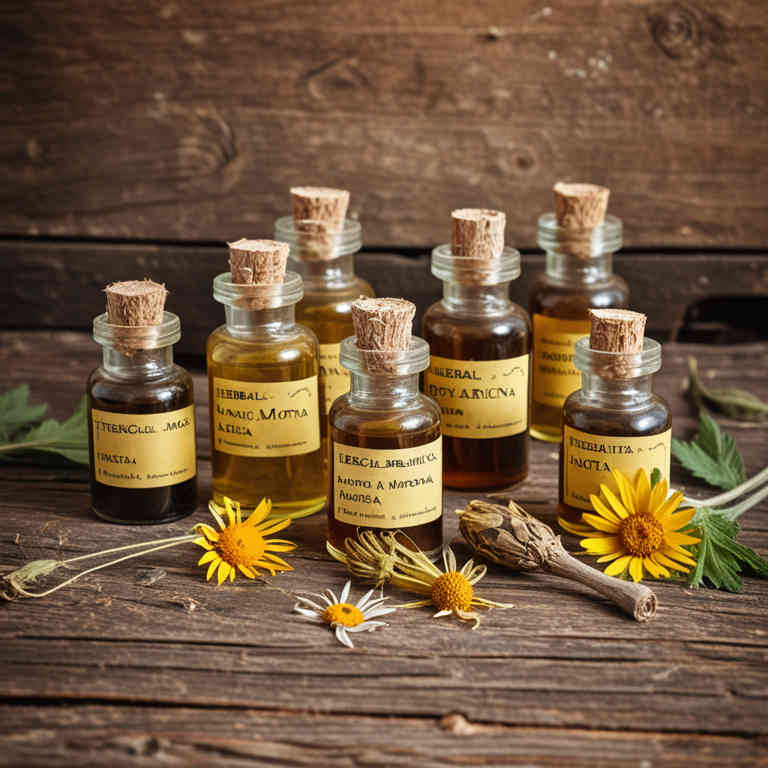
Herbal tinctures for foot pain are concentrated liquid extracts made from various plant-based ingredients known for their anti-inflammatory, analgesic, and circulatory benefits.
Common herbs used in these tinctures include willow bark, ginger, turmeric, and echinacea, which have been traditionally used to alleviate discomfort and promote healing. These tinctures are typically applied topically to the affected area, either by soaking the feet or using a compress, allowing the active compounds to penetrate the skin and target localized pain. They are often preferred as a natural alternative to over-the-counter pain medications, offering a gentler approach with fewer side effects.
However, it is important to consult with a healthcare professional before using herbal tinctures, especially if you have underlying health conditions or are taking other medications.
FREE COURSE
How to make medicinal herbal tinctures for common ailments at home and in a weekend (using the Healing Drops System).

Table of Contents
1. Hypericum perforatum
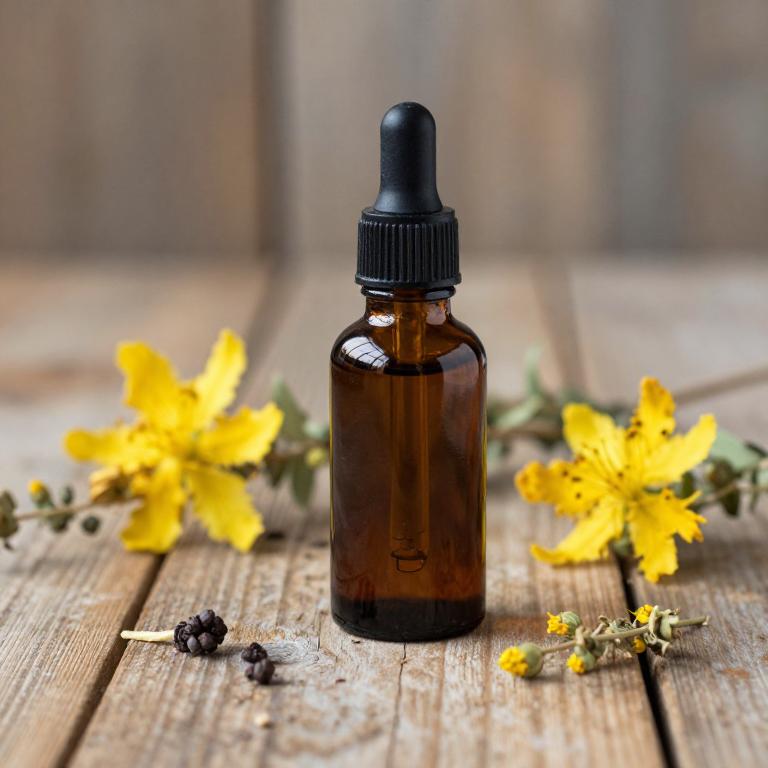
Hypericum perforatum, commonly known as St. John's Wort, is a herbal plant that has been traditionally used for its anti-inflammatory and analgesic properties.
When prepared as a tincture, it can be applied topically to the feet to help alleviate pain and reduce inflammation associated with conditions like plantar fasciitis or arthritis. The active compounds in hypericum perforatum, such as hypericin and hyperforin, are believed to contribute to its pain-relieving effects by interacting with neurotransmitters and reducing oxidative stress. However, it is important to note that while some individuals may find relief from using St. John's Wort tinctures for foot pain, it should not replace professional medical advice, especially if the pain persists or worsens.
Always consult a healthcare provider before starting any new herbal treatment to ensure safety and appropriateness for your specific condition.
2. Arnica montana
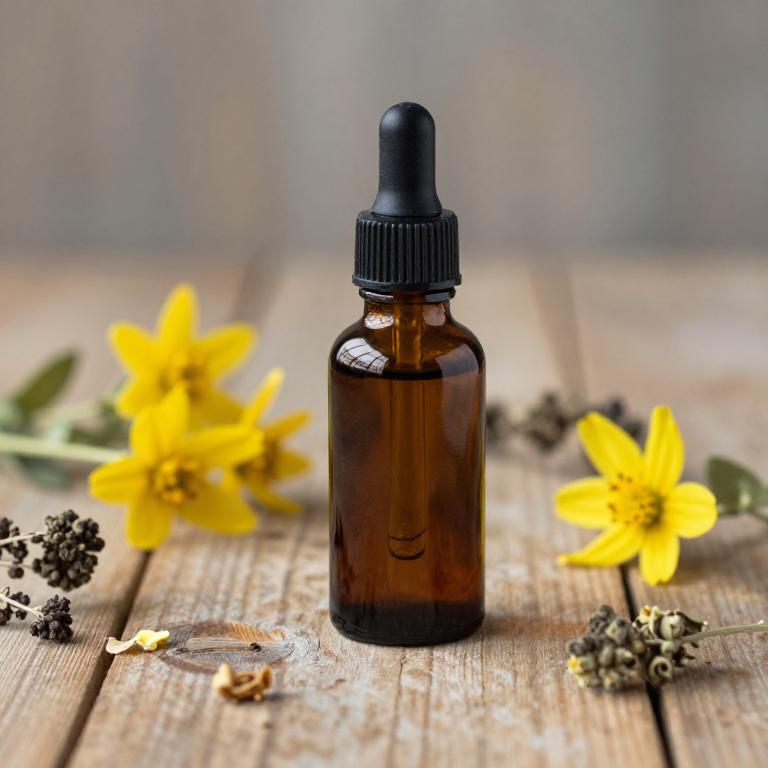
Arnica montana herbal tinctures are commonly used to alleviate foot pain due to their anti-inflammatory and analgesic properties.
These tinctures are typically made by soaking the dried roots and rhizomes of the plant in alcohol, creating a potent topical remedy. They are often applied directly to the skin to reduce swelling, bruising, and discomfort associated with conditions like plantar fasciitis or arthritis. While generally safe when used as directed, arnica can cause skin irritation in some individuals, so a patch test is recommended before broader application.
Many people find arnica tinctures to be a natural and effective alternative to over-the-counter pain relievers for localized foot pain.
3. Capsicum annuum
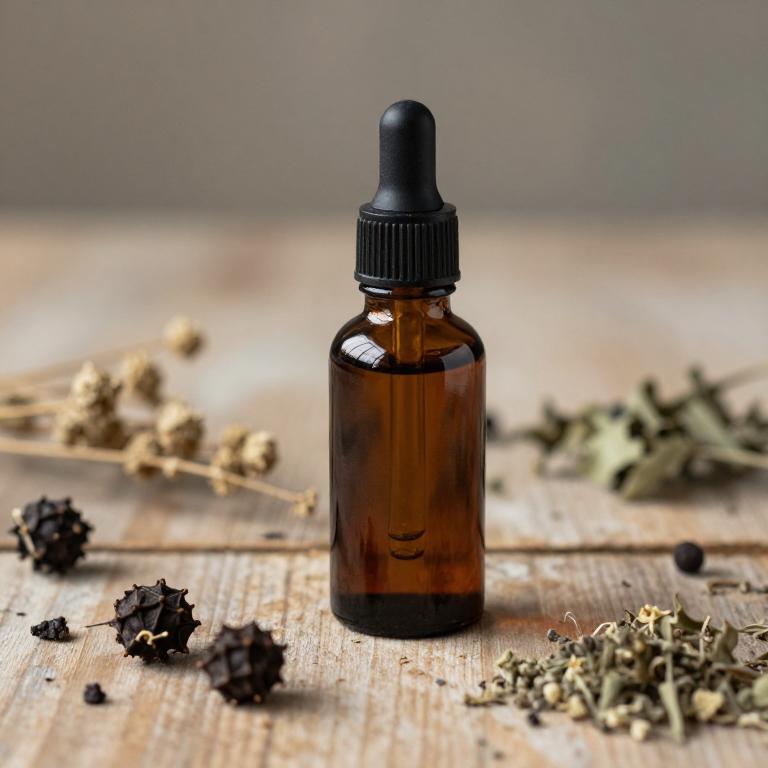
Capsicum annuum herbal tinctures, derived from the chili pepper plant, have been traditionally used for their analgesic and anti-inflammatory properties.
These tinctures contain capsaicin, which works by depleting substance P, a neurotransmitter responsible for transmitting pain signals to the brain. When applied topically to the feet, capsicum annuum tinctures can help alleviate pain caused by conditions such as arthritis, plantar fasciitis, or neuropathy. However, due to its potency, it is important to dilute the tincture properly and perform a patch test to avoid skin irritation.
While some users report significant relief, it is advisable to consult a healthcare professional before using capsicum tinctures, especially if you have sensitive skin or are taking other medications.
4. Achillea millefolium
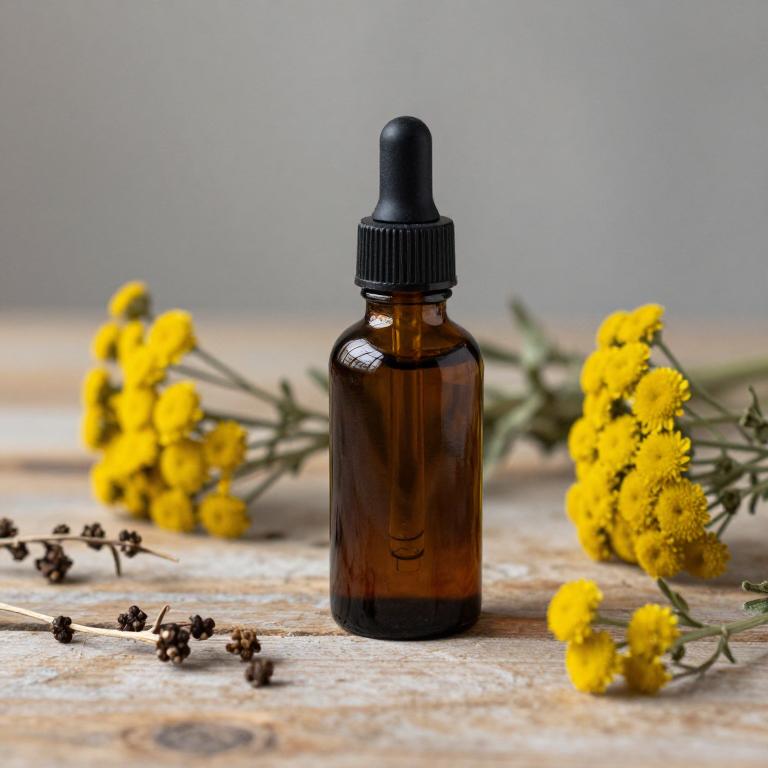
Achillea millefolium, commonly known as yarrow, has been traditionally used for its anti-inflammatory and analgesic properties, making it a potential candidate for herbal tinctures aimed at alleviating foot pain.
When prepared as a tincture, Achillea millefolium can be applied topically to the affected areas, helping to reduce swelling and discomfort associated with conditions like plantar fasciitis or arthritis. The active compounds in yarrow, such as flavonoids and essential oils, contribute to its ability to soothe inflamed tissues and promote healing. However, it is important to consult with a healthcare professional before using yarrow tinctures, as they may interact with certain medications or cause allergic reactions in some individuals.
Despite its traditional use, scientific research on the efficacy of yarrow tinctures for foot pain is limited, highlighting the need for further study in this area.
5. Cnicus benedictus
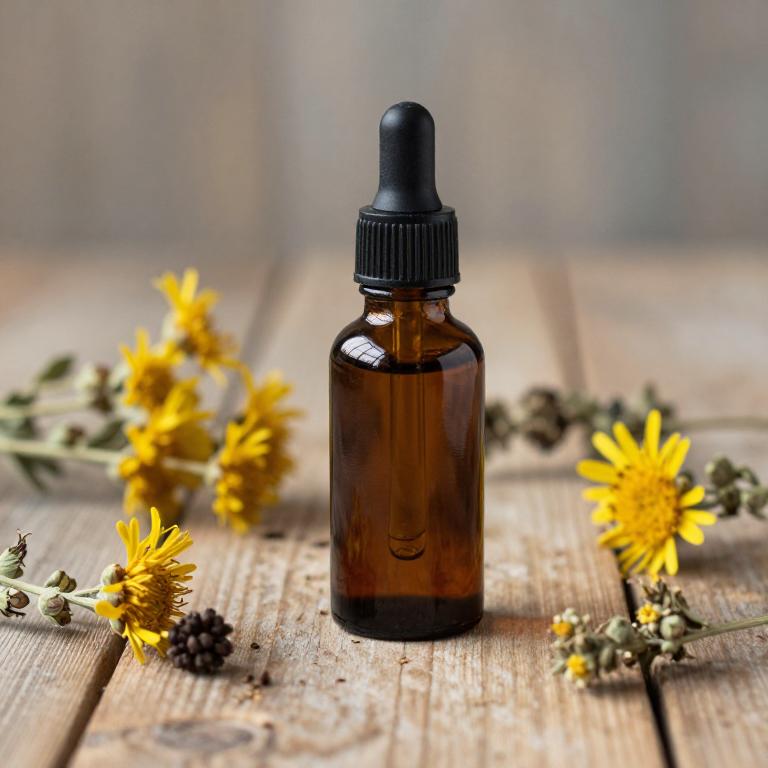
Cnicus benedictus, commonly known as St. Benedict's thorn, has been traditionally used in herbal medicine for its potential anti-inflammatory and analgesic properties.
Herbal tinctures made from Cnicus benedictus are often employed to alleviate foot pain, particularly in conditions such as plantar fasciitis or arthritis, due to their ability to reduce swelling and soothe inflamed tissues. The active compounds in the plant, including flavonoids and tannins, may contribute to its therapeutic effects by supporting tissue repair and reducing pain signals. When applied topically or taken internally under professional guidance, these tinctures can offer a natural alternative for managing chronic foot discomfort.
However, it is important to consult a healthcare provider before using Cnicus benedictus tinctures to ensure safety and appropriateness for individual health conditions.
6. Zingiber officinale
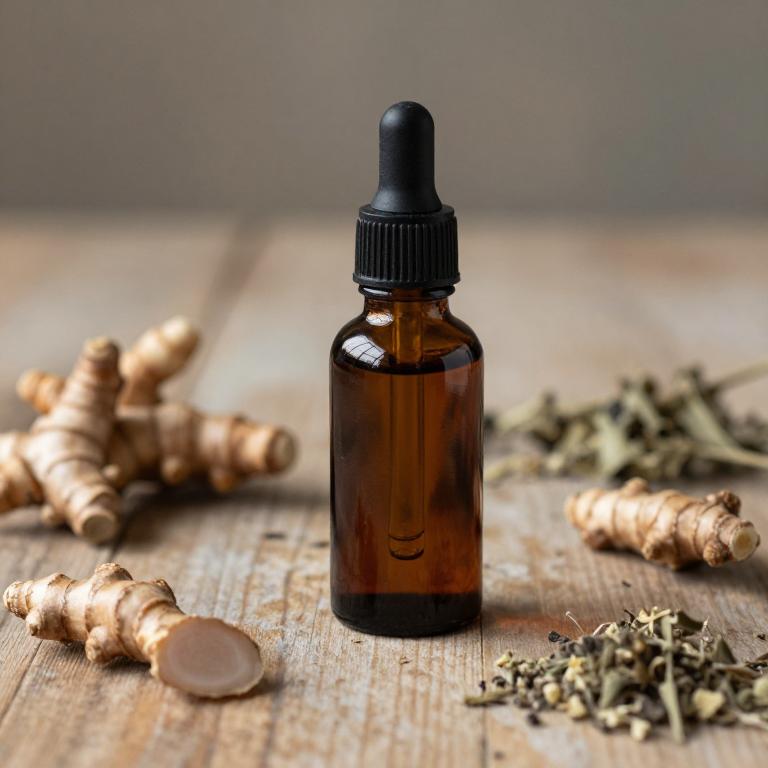
Zingiber officinale, commonly known as ginger, has been traditionally used for its anti-inflammatory and analgesic properties, making it a popular ingredient in herbal tinctures for foot pain.
These tinctures are typically prepared by soaking freshly grated ginger in alcohol, allowing the active compounds like gingerol and shogaol to be extracted. When applied topically, ginger tinctures can help reduce swelling, alleviate discomfort, and improve circulation in the affected areas of the feet. Many individuals find relief from conditions such as plantar fasciitis, arthritis, or minor sprains using these natural remedies.
However, it is advisable to consult with a healthcare professional before using ginger tinctures, especially if you have sensitive skin or are taking other medications.
7. Chamomilla recutita
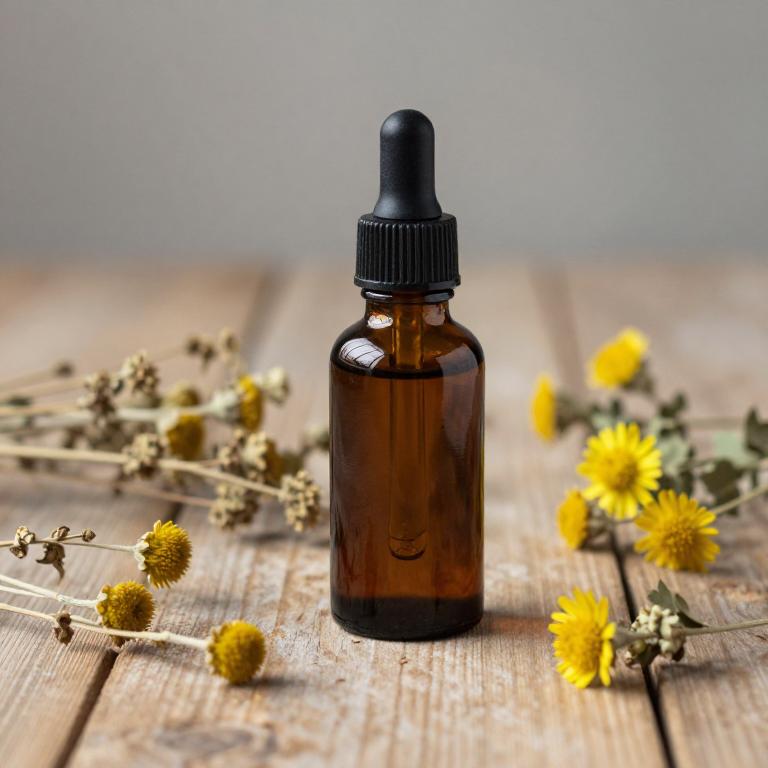
Chamomilla recutita, commonly known as German chamomile, is often used in herbal tinctures to alleviate foot pain due to its anti-inflammatory and analgesic properties.
These tinctures are typically made by soaking the dried flowers in alcohol, allowing the active compounds such as bisabolol and chamazulene to be extracted. When applied topically to the affected area, the tincture can help reduce swelling, irritation, and discomfort associated with conditions like plantar fasciitis or arthritis. Some individuals use chamomilla tinctures as a natural alternative to over-the-counter pain relievers, though it is important to consult a healthcare provider before use, especially if you have allergies or are on medication.
Overall, chamomilla recutita tinctures offer a soothing and potentially effective remedy for various types of foot pain.
8. Rhus toxicodendron
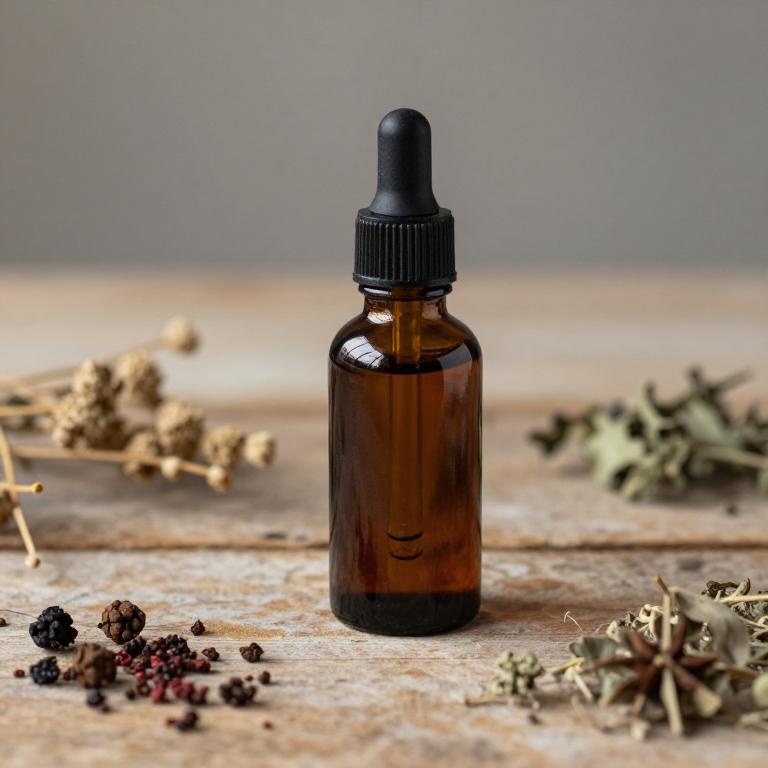
Rhus Toxicodendron, also known as poison ivy, is a commonly used herbal remedy in homeopathic treatments for various inflammatory conditions, including foot pain.
Its tincture is prepared from the leaves and stems of the plant and is believed to work by stimulating the body's natural healing processes. It is particularly effective for pain that is worsened by movement or pressure, often associated with conditions like plantar fasciitis or arthritis. The tincture is typically diluted in alcohol and taken orally, though some formulations may be applied topically for localized relief.
Due to its potency, it is important to follow proper dilution guidelines and consult with a qualified practitioner to ensure safe and effective use.
9. Symphytum officinale
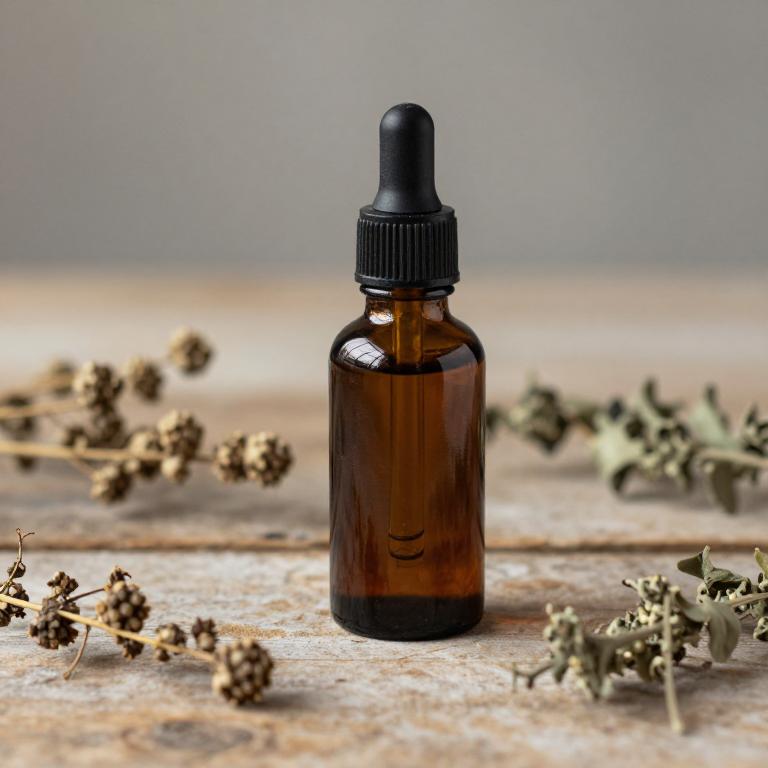
Symphytum officinale, commonly known as comfrey, is a traditional herbal remedy often used in tincture form to address foot pain and related musculoskeletal issues.
The tincture is typically prepared by soaking the dried leaves and roots of the plant in alcohol, allowing the active compounds to be extracted for therapeutic use. Comfrey is valued for its anti-inflammatory and analgesic properties, which can help reduce swelling, stiffness, and discomfort in the feet. When applied topically, the tincture may promote tissue repair and enhance the healing of minor injuries or chronic conditions such as plantar fasciitis.
However, it is important to use comfrey tinctures with caution, as long-term or internal use may pose risks, and it should not be used on open wounds or by individuals with certain medical conditions.
10. Vitex agnus-castus

Vitex agnus-castus, commonly known as chasteberry, has been traditionally used in herbal medicine for its potential hormonal balancing properties.
While primarily used for menstrual issues and menopause symptoms, some herbalists suggest that its anti-inflammatory and analgesic effects may offer relief for certain types of foot pain. Vitex agnus-castus tinctures are typically made by soaking the dried berries in alcohol to extract their active compounds. However, it is important to note that there is limited scientific research specifically supporting its use for foot pain, and it should not replace professional medical advice.
Individuals considering this remedy should consult with a healthcare provider to ensure it is safe and appropriate for their specific condition.